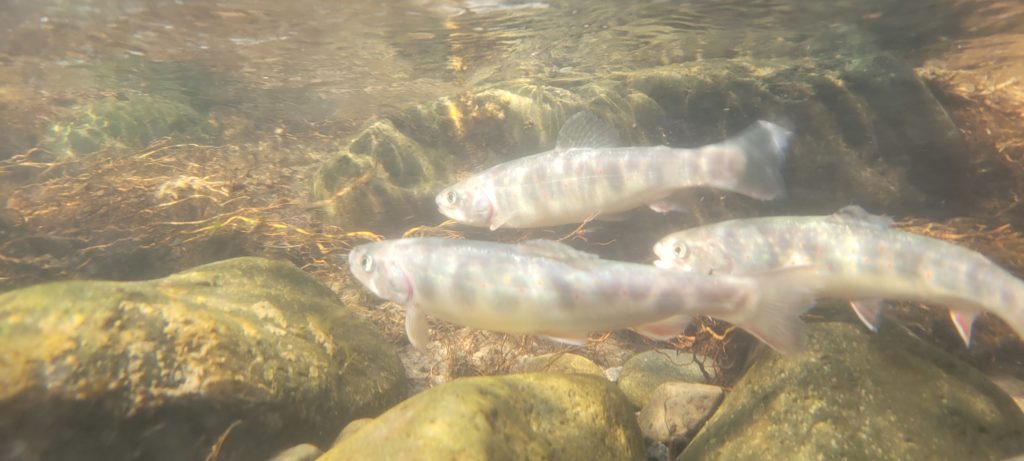An Innovative Approach to Aquatic Invasive Species Management
Conservation Issue
Invasive and incompatible non-native fish species pose significant threats to aquatic ecosystems. These non-native species can often outcompete native species for food and space, disrupt food webs, and alter habitats. These species can lead to declines in native fish populations through genetic impacts of hybridization and create long-term ecological imbalances. Non-native fish such as common carp and brook trout are able to outcompete native trout or other native species in many places where they have been stocked in the western United States. “Trojan Male” or “YY” Fish is a promising new technology to help managers control and eradicate unwanted fish populations by incrementally eliminating female non-native fish, while leaving the existing native or desirable fish unharmed.
Trojan Male Fish Approach
Like mammals, most fish species have two sex chromosomes: X and Y. A natural genetic female will have two X chromosomes (XX), and a natural genetic male will have one X and one Y chromosome (XY). In the development of YY brood stocks, very young fish are exposed to the female hormone estradiol in their feed at a specific level and for a specific length of time. The treatment makes the male fish become egg-producers, but they are still genetically male. These egg-producing males are then bred with normal XY males, which means 25% of the offspring will have two Y chromosomes, hence referred to as YY males. Some YY males produced in that generation are exposed to estradiol, which then converts them into egg-producing YY males. This process allows a hatchery to have a group of egg-producing YY males and a group of sperm-producing YY males, which are kept for brood stock. After that, hormone treatment is unnecessary because only Y chromosomes are present in the eggs and sperm of the brood stock, and all the offspring will be YY males. These YY offspring are stocked into target areas with hopes that YY males will cross with females. Over time, the population should shift towards a greater number of males since their offspring will all be normal XY males. Eventually, with no females remaining in the population the reproduction of the fish drops to zero. Preventing further reproduction by the invasive species is one tool to help eradicate the undesirable species. Recent modeling exercises for brook trout indicate this process can be expedited by depressing non-naive wild fish populations through electrofishing, netting, or other mechanical removal methods.
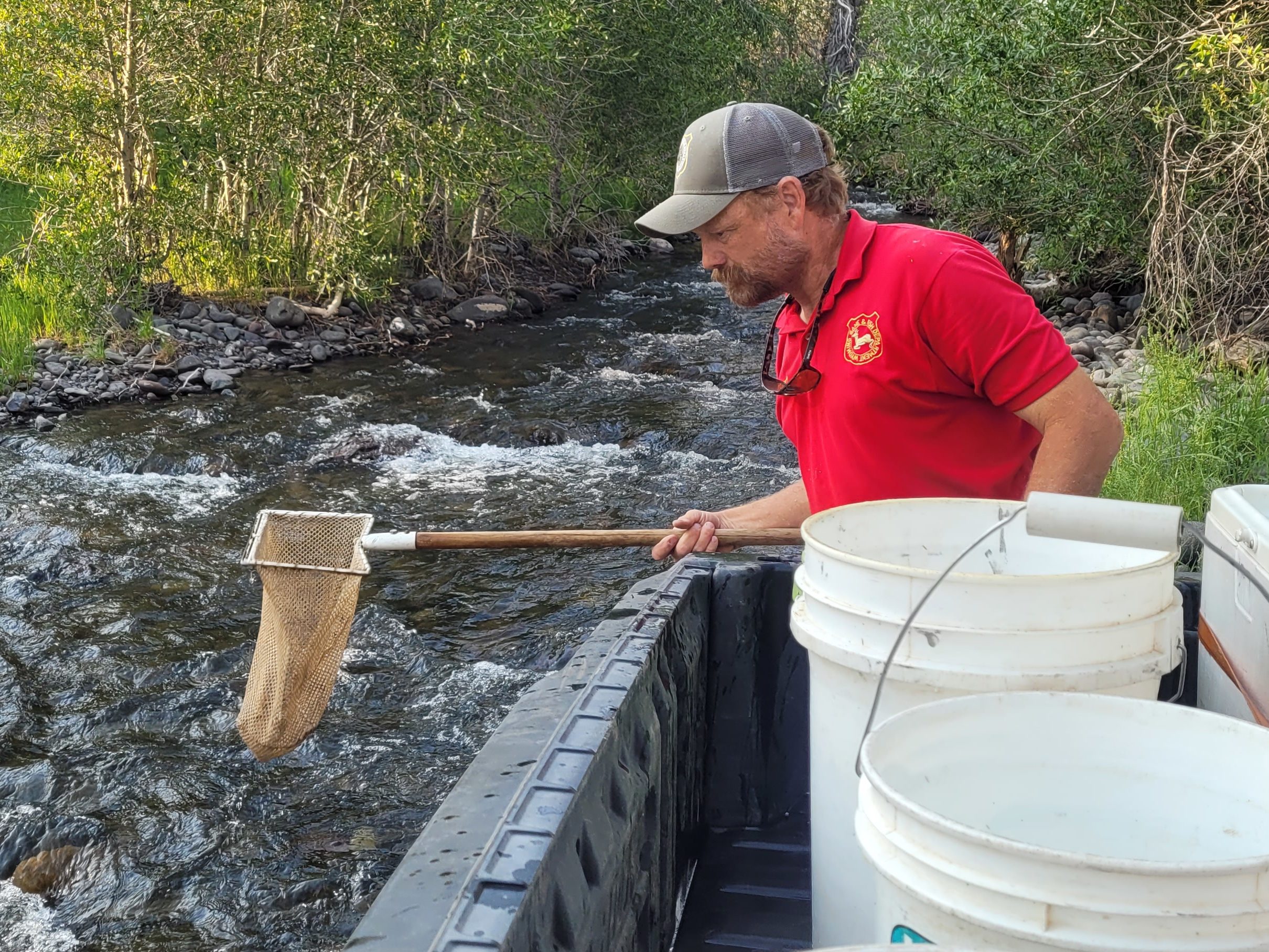 Jason Burckhardt stocking fish on Pickett Creek, WY. Photo credit: Wyoming Game and Fish Department
Jason Burckhardt stocking fish on Pickett Creek, WY. Photo credit: Wyoming Game and Fish Department
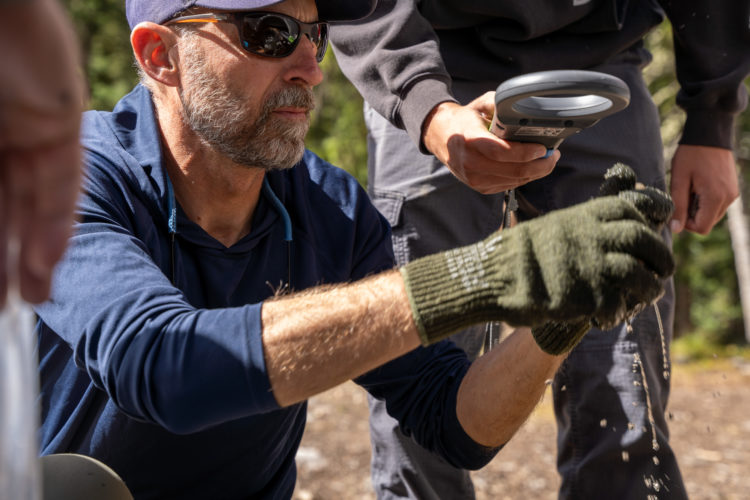 YY fish stocking. Photo credit: Colorado Parks and Wildlife
YY fish stocking. Photo credit: Colorado Parks and Wildlife
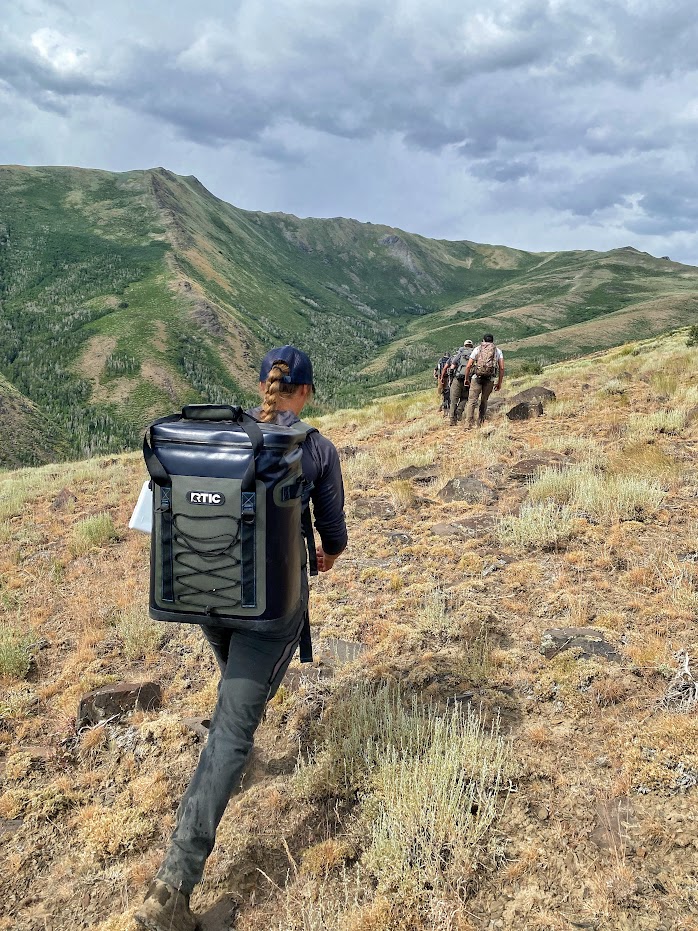 Hauling YY fish to Abel Creek in Nevada. Photo Credit: Nevada Department of Wildlife
Hauling YY fish to Abel Creek in Nevada. Photo Credit: Nevada Department of Wildlife
Benefits to Anglers
The YY Fish technique has some advantages over traditional non-native fish control. It can be a very selective method, impacting only the target fish species allowing desirable species to remain in a location for recreational or conservation purposes while the undesirable species are simultaneously eliminated. The targeted approach not only protects native species but also enhances the success of chemical fish removal where eradication efforts may not be 100% successful at removing non-native fish. Stocking YY fish after chemical reclamations increases the chances for successful non-native fish removal and better conservation outcomes. As this is a new technology, managers are continuing to investigate how this technology could enhance other fish management techniques already in use across the country.
Why WAFWA?
WAFWA is leading YY Fish efforts due to our organization’s ability to coordinate and leverage activities by various member states and agencies using this technology. While YY Brook Trout are the first established and utilized brood stock, this approach has promise for a wide variety of species. Aligning the needs of various agencies for YY fish with prod

Annual Reports

State YY Projects
Arizona
Seeking Treasure In Apache Trout Country – Trout Unlimited


Colorado
Introducing YY Brook Trout – Colorado Outdoors Online
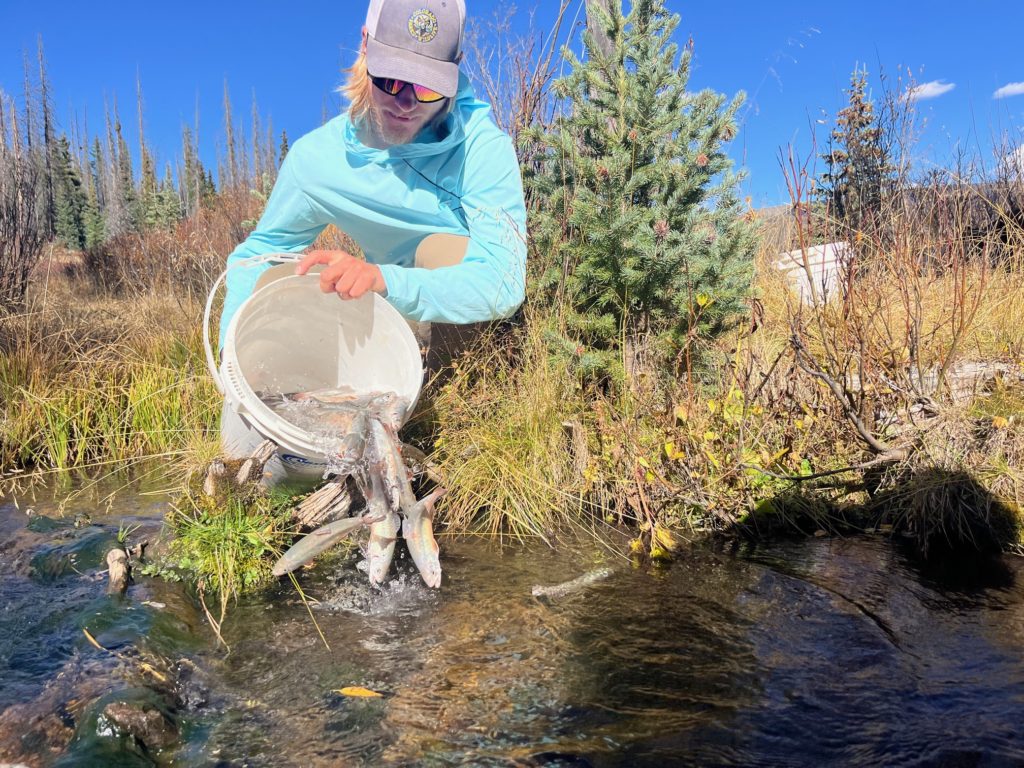
Idaho
Super-male brook trout could improve angling in alpine lakes | Idaho Fish and Game
Trojan Y Chromosome Strategy in Brook Trout – Idaho Fish and Game — Eagle Fish Genetics Lab
Fish and Game develops a new way to control fish populations | Idaho Fish and Game
Production and evaluation of YY-Male Brook Trout to eradicate nonnative wild Brook Trout populations

Nevada
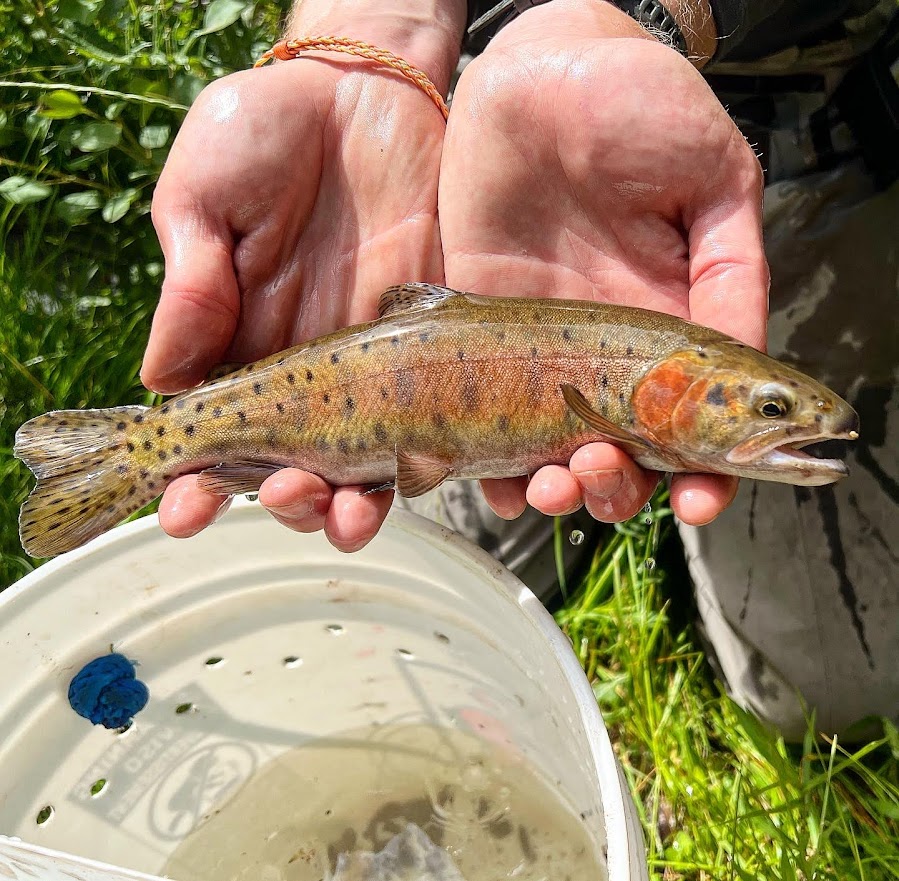
New Mexico
Utah
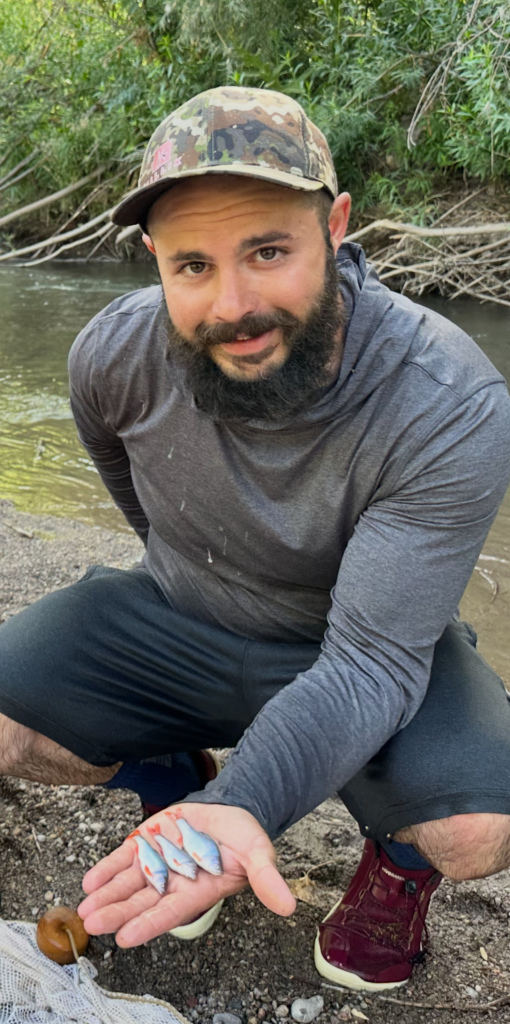
Research is being conducted at the USGS/Utah Cooperative Fish and Wildlife Research Unit to develop Trojan Male Fish in a variety of species. Current species under investigation include common carp (WAFWA sponsor), channel catfish (U.S. Fish and Wildlife sponsor), red shiner (Bureau of Reclamation sponsor), and American bullfrog (New Mexico Dept of Game and Fish sponsor).
Common Carp
Previous studies have shown that common carp are relatively resistant to feminization using estradiol. Therefore, a wide range of estradiol concentrations and treatment durations, as well as temperature manipulations, are being attempted to determine optimal dosages for XY feminization and obtain more data on the physiological effects of estradiol on treated fish.
Channel Catfish
Research is being conducted on channel catfish to determine if estradiol treatments, which require Food and Drug Administration approval, are necessary for feminization of XY males. High temperature treatments could potentially be used to feminize XY males in this species. Therefore, high temperature treatments, in addition to traditional hormone treatments, are being conducted to determine the feasibility of these alternative feminization methods. In addition, genetics research is being conducted on this species to develop an accurate genotyping method which can easily decipher between XY-males and YY-males.
Red Shiner
Although YY red shiner have previously been developed, additional data needs to be collected to obtain FDA approval for state or federal hatcheries to produce these individuals for releases onto the landscape. Research is being conducted to determine the minimum effective estradiol dose for feminization of XY-male red shiner and additional health data is being collected on treated fish. In addition, research is being conducted to determine the most effective YY stocking strategy to maximize the likelihood of extirpation across various rivers and streams in the Southwest.
American Bullfrog
New Mexico Dept of Game and Fish is sponsoring a project to investigate YY bullfrog develop and model the efficacy of their releases with regards to extirpating invasive populations. This work will begin in Fall of 2025.
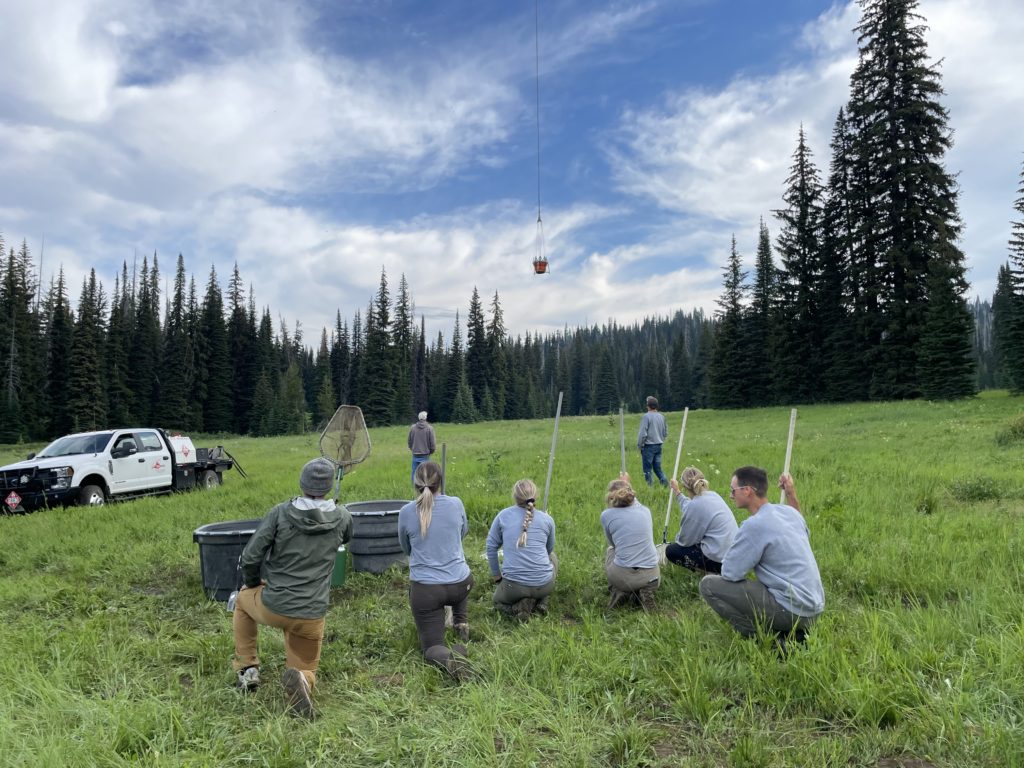

Desert Fish Habitat Partnership – Check out WAFWA’s Newest Fish Partnership
